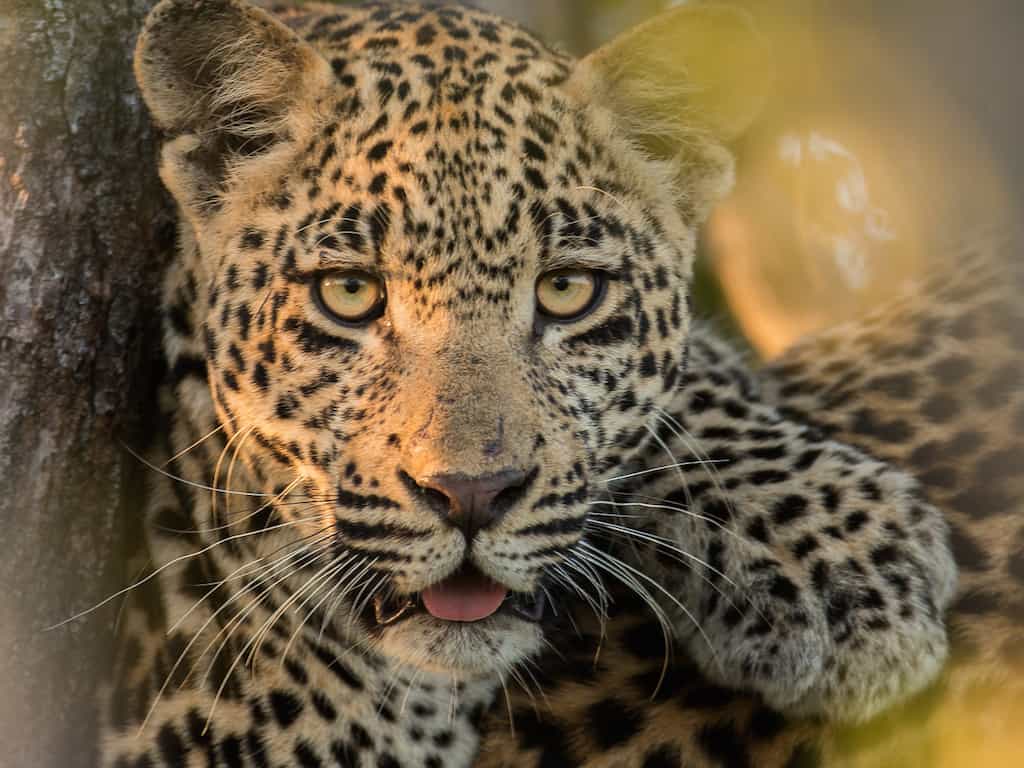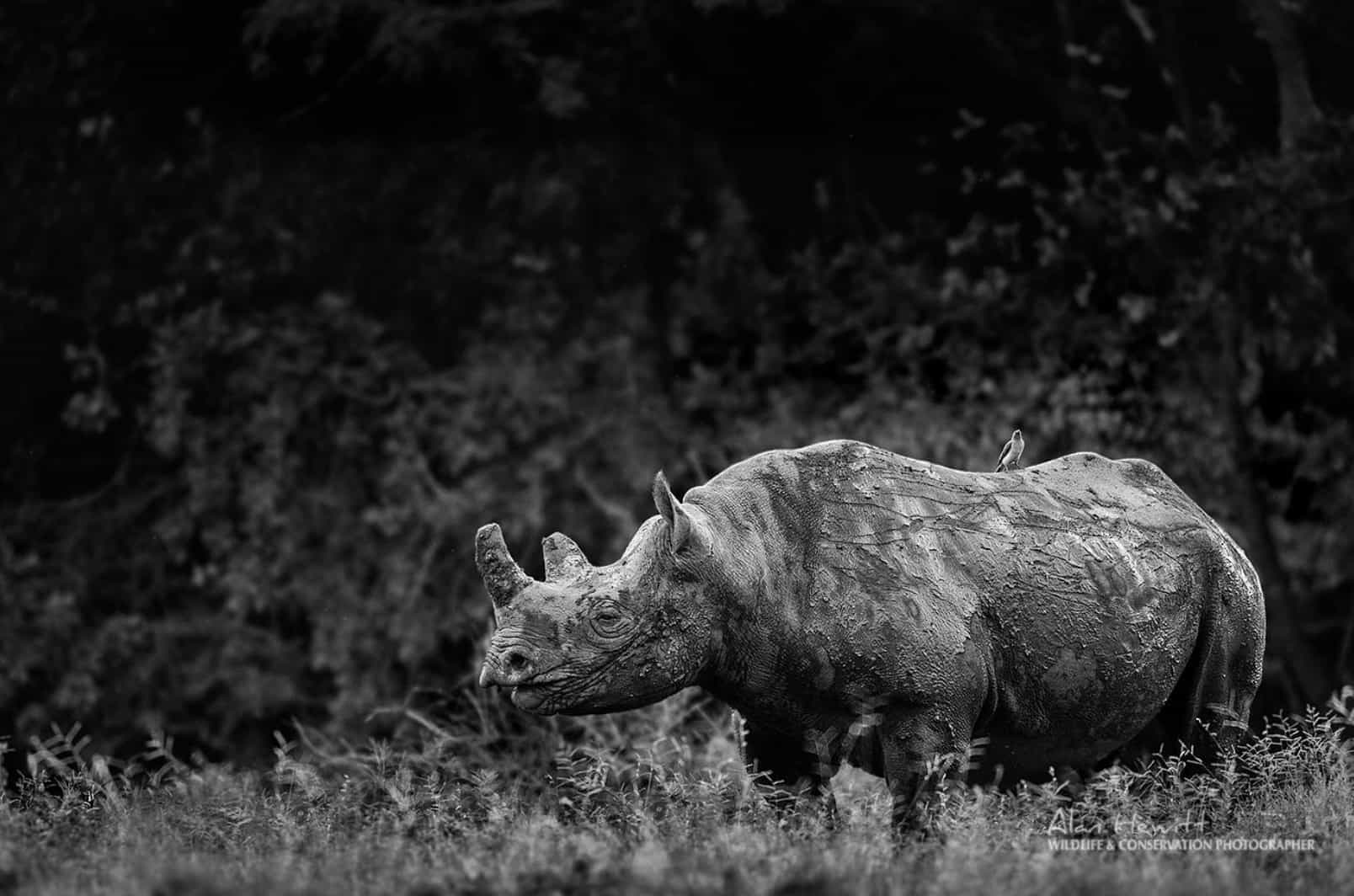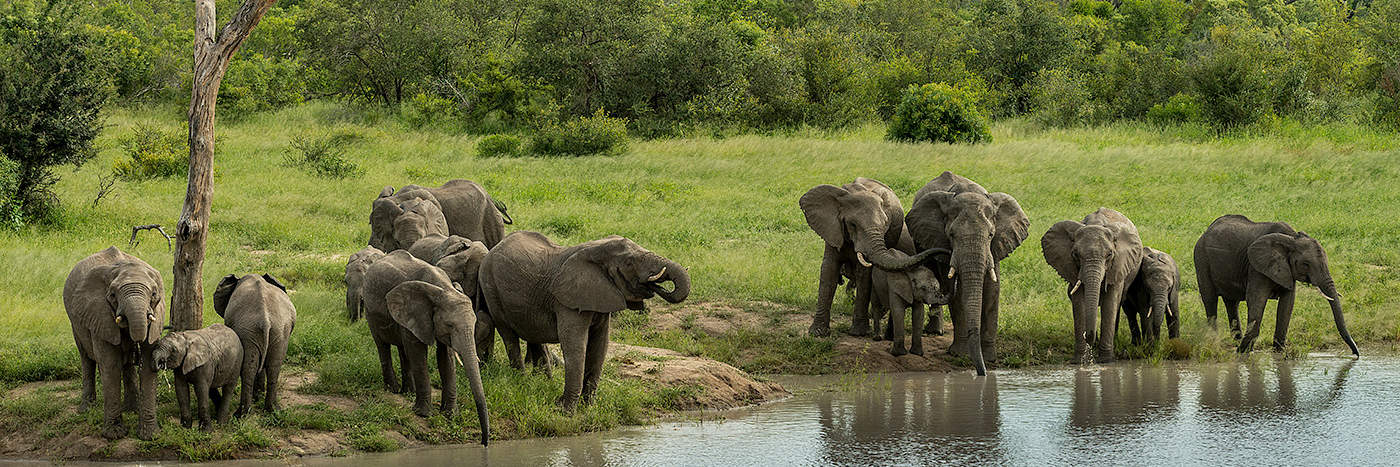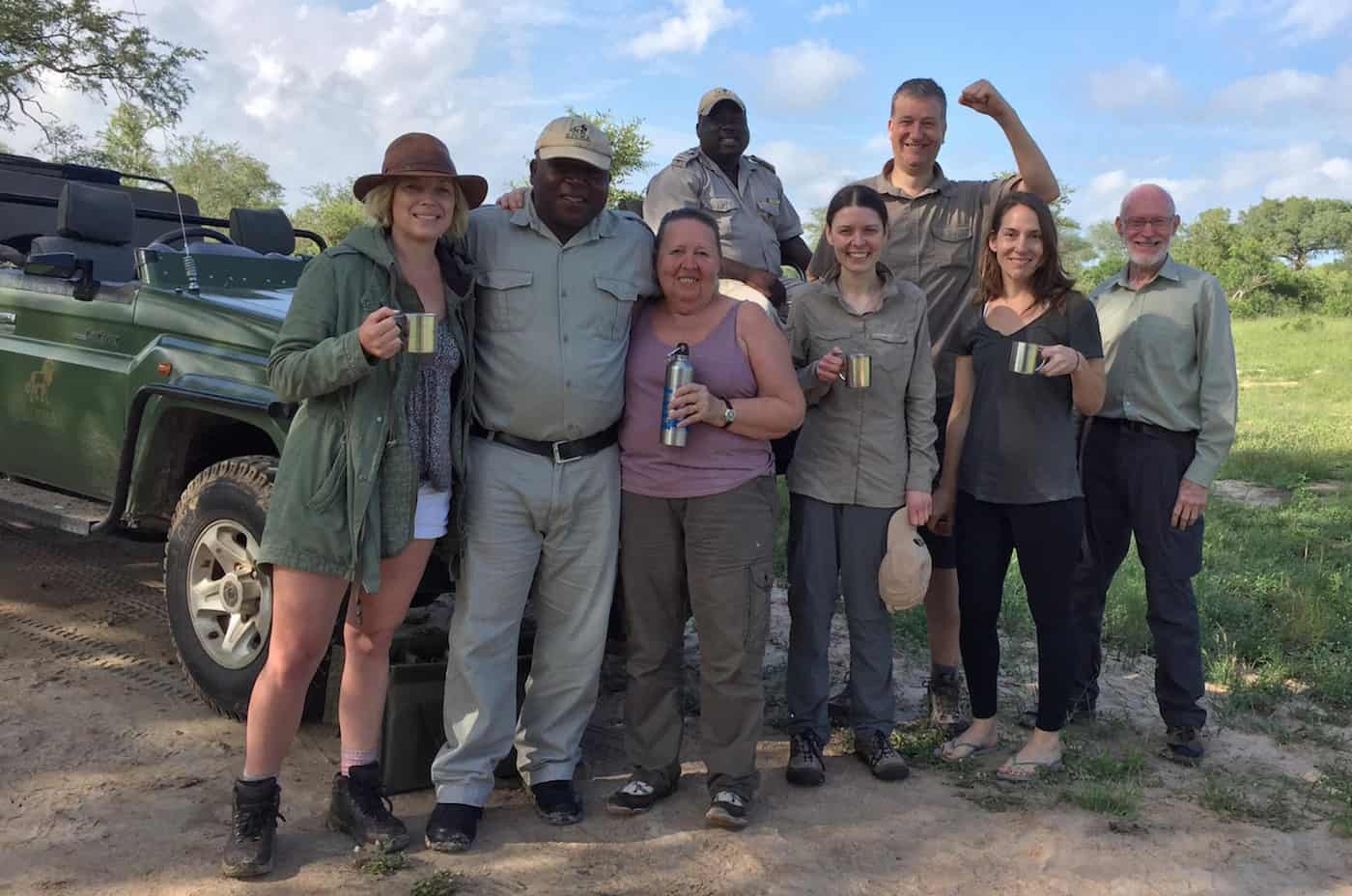5 Reasons for Joining a Photo Safari to Africa
Here’s why an African photo safari should be your next holiday
An African safari is a truly brilliant experience. To be in the African bush, surrounded by herds of elephants and prides of lions, is both humbling and thrilling. And if you’re a keen photographer, there’s the added element of the overload of photographic inspiration. But to ensure that you can actually go home with the images you’d like to add to your portfolio, it might be a good idea to join a photographic safari as opposed to a regular one – because there’s a considerable difference between the two. Here’s what makes a photo safari different, and why photography enthusiasts should add it to their Bucket List.
– Text by Liselotte Tieman
1. Photo safaris are fully built around photography, so the full itinerary is geared towards getting you to the right place, at the right time.
When it comes to photography, it’s all about having the right angles, the right light,and the right amount of time to get that perfect shot. While going on a regular African safari might get you in front of some incredible wildlife, the circumstances will often not be ideal for photography; the light might be too harsh, other travelers might be blocking your way, and you might be moving on to the next wildlife sighting too quickly. On a photo safari to Africa, photography is the main mission. This means that you’re guaranteed to get the best possible photographic opportunities that are available on your trip.
As wildlife photographer Alan Hewitt points out, there is a “huge difference” between a normal safari and a photo safari. “Photographers are generally more interested in spending a lot more time with an individual species. We’ll move around so we can photograph a species from different angles in different light. We’ll wait to photograph different behaviours such as interaction with the same or different species. Of course you can get wonderful photographs on a normal safari, but the more time you spend with a subject, well, it will make a difference in your photographs!”
And, not unimportantly, you’ll be with like-minded people who all want to photograph the wildlife and not just tick them off a list, as Hewitt explains. “A normal safari may well be a much quicker experience aimed at just seeing as much as possible without time to indulge your photographic passion.”

Photo: Alan Hewitt
2. You’re guaranteed to improve your photography skills through personal tutoring by a professional photographer.
Not only will a photo safari to Africa take you to the right places to photograph amazing imagery, you will be guided by a professional photographer, whose job it is to help every participant improve their skills. A personal and tailored approach combined with small groups guarantees for enough attention and assistance for everyone. A photo safari may teach you numerous skills, from technical camera use to composition and post-production. Having this guidance means you’ll sharpen your photography skills along the way and make the most out of the experience.
3. Photo safaris enable you to learn in the field, in the most inspiring way.
While on a photo safari in Africa, you can take what you’re learning and put it into practice straight away. According to photographer Kaleel Zibe, “the beauty of a photo safari is learning camera skills with the most amazing wildlife right in front of you. The abundance of wildlife where we do safaris means it’s easy to learn how to get to grips with your camera and try new things with it. If you get the shot wrong, just try again. As a photographic guide, I’m always looking to teach people how to get the most stunning photographs possible and the best way to do that is to be sitting with them in a vehicle, talking through camera settings and techniques while the wildlife waits for its photo to be taken”.
And don’t feel like you have to be a seasoned pro to join a photo safari to Africa. There are wildlife photography workshops out there for photographers of all levels. “I welcome people of all photographic abilities,” explain Hewitt. “For absolute beginners it’s a complete course and for those who are more experienced I will fine tune it to meet their requirements. We can look at the fundamentals of exposure, creative control of exposure, composition, detailed autofocus settings and much more. It’s about learning how to optimise the complexities of your camera for wildlife photography. We also look at fieldcraft, how you can learn about animals to work safely, ethically and predict behaviour to get your camera and lens primed for the moment!”

photo: Alan Hewitt
4. You get to learn from other photographers, exchange ideas, and inspire each other.
According to Zibe, “the camaraderie on these trips is always great. Like-minded people talking about photography and wildlife always get on well together. I’ve noticed that people also learn different approaches from each other as they get to know them on the trip, so it’s not just us as photo guides.”
Alan Hewitt confirm this; “I’m a big believer in the concept of infectious enthusiasm,” he says. “When you put a group of like-minded people together who are passionate about their photography and wildlife it creates a special atmosphere. People feed of each other’s enthusiasm and creativity, often inspiring each other in the process.”
5. For any wildlife photography enthusiast, it’s a once-in-a-lifetime experience.
Spending time in the African bush, indulging in wildlife photography, is a truly incredible experience, as Hewitt point out; “Where do I start? Photographing Lion cubs playing with each other on the Savannah, a Cheetah stalking its prey, herds of Elephants coming within a few metres of our vehicles? Ending a day of incredible wildlife photography with the classic giraffe photographed as silhouetted against an African sunset, beer in one hand, camera in the other! What more does an enthusiastic wildlife photographer wish for?”





